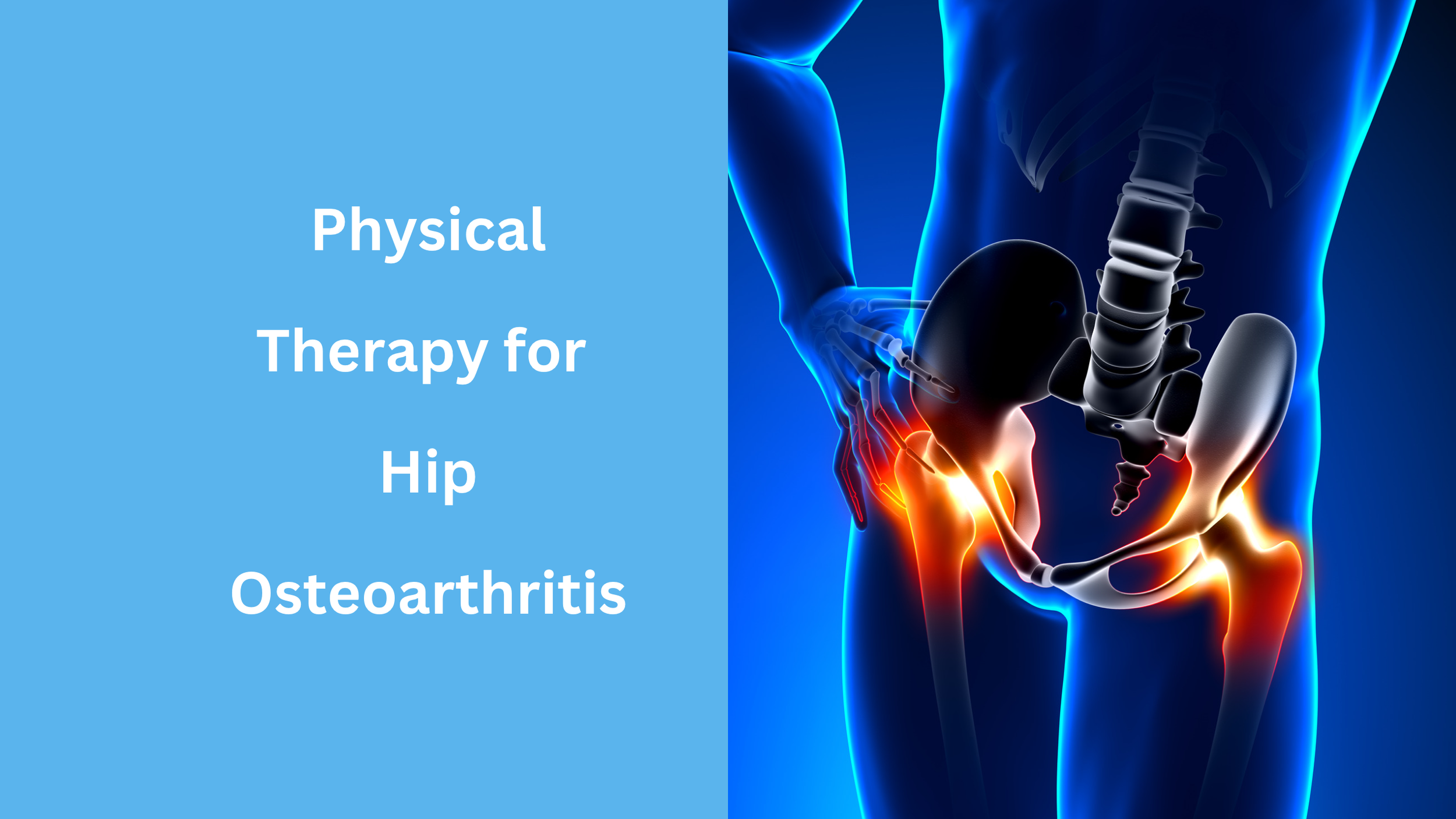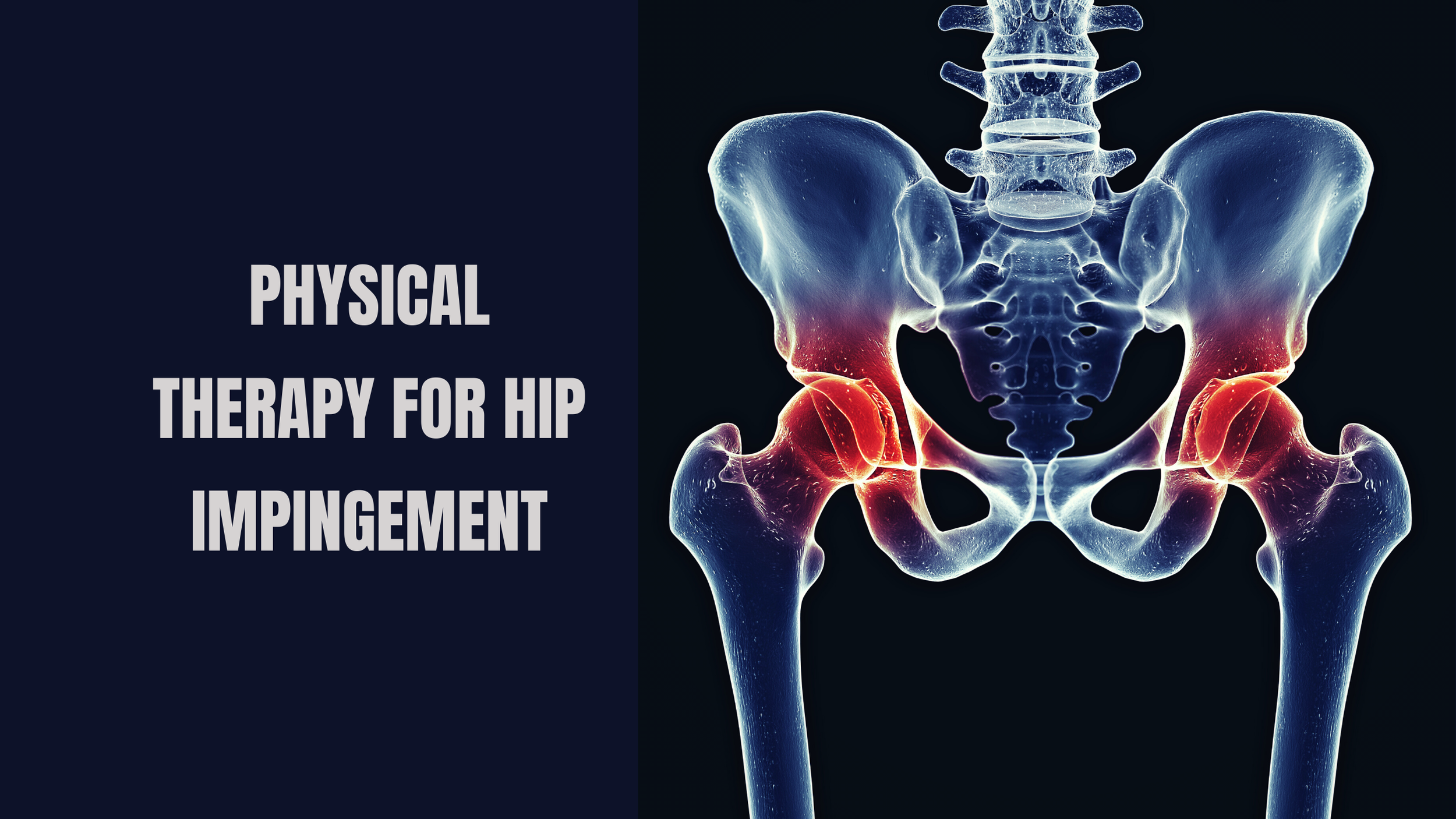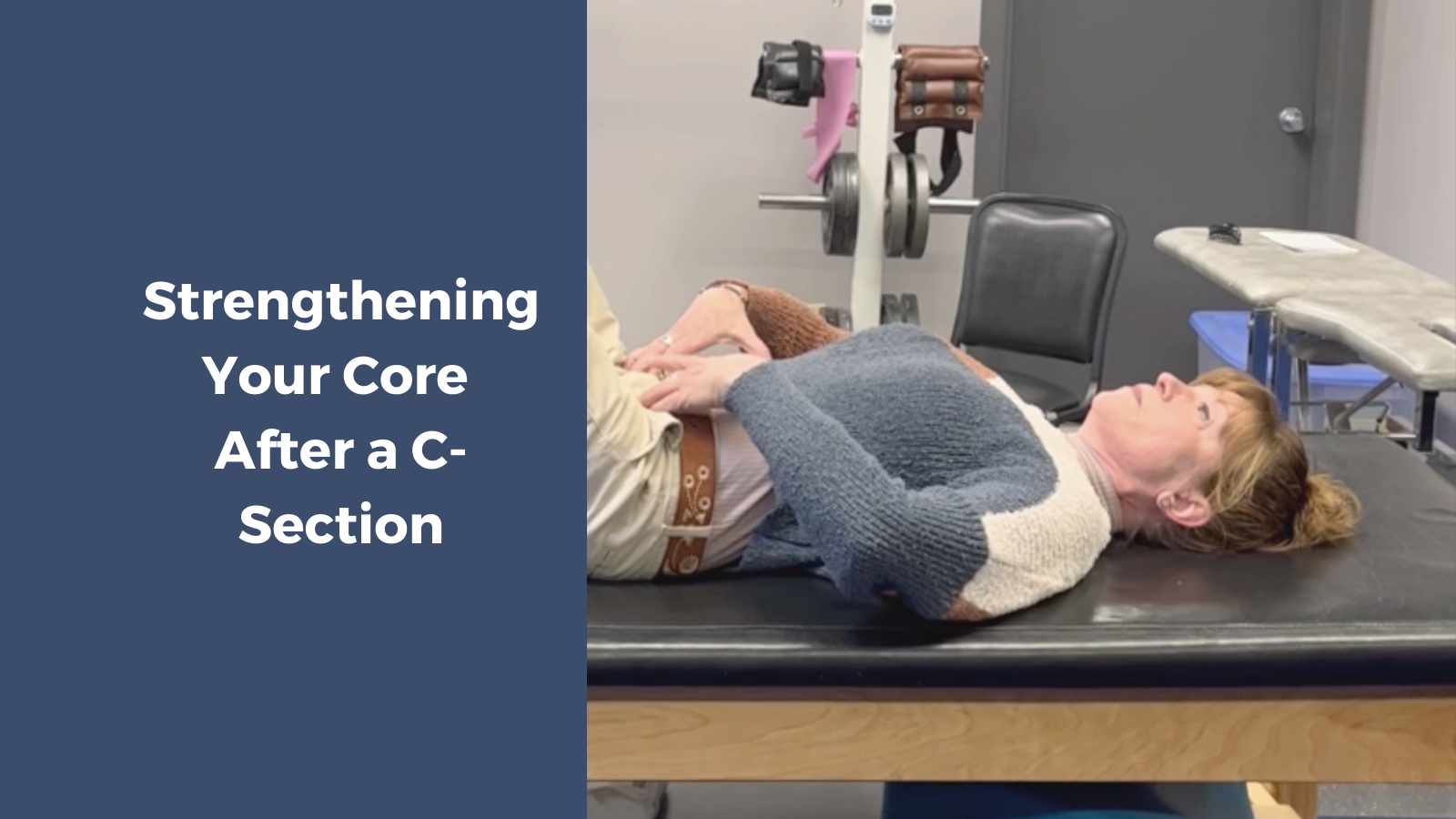Mangiarelli Rehabilitation Physical Therapy Blog
Physical Therapy for Ankle Sprains [Infographic]
An ankle sprain is a common injury that occurs when the foot twists or turns beyond its normal range of movement, causing the ankle’s ligaments to overstretch or tear. Ankle sprains account for up to 40% of lower extremity sports injuries and 15% of all sports injuries in the United States. Physical therapy is the first line of treatment for ankle sprains, effectively restoring mobility, strength, and function in the injured ankle, preventing re-injury, and ensuring a safe return to sport through a targeted exercise and manual therapy rehabilitation program.
Physical Therapy for Swimmer’s Knee
Swimmer’s knee is caused by repetitive strain on the knee ligaments, particularly the MCL, when performing the breaststroke. Pain in the MCL develops due to the repetitive flexion-extension, adduction, and external rotation of the knee against the water when completing the breaststroke. When doing the breaststroke, 70% of the propulsion of the stroke comes from the legs and knees, placing significant stress on the knees. Physical therapy can alleviate swimmer’s knee pain and restore movement and function in the knee safely through a targeted therapeutic exercise and manual therapy rehabilitation program.
Physical Therapy for Cervicogenic Headaches [Infographic]
Check out our infographic on physical therapy for cervicogenic headaches! Cervicogenic headaches are caused by musculoskeletal dysfunction in the bony structures or soft tissue of the neck that refer pain to the head through the nervous system, commonly affecting one side of the head. Physical therapy is the gold standard of treatment for cervicogenic headaches, helping to reduce the severity and frequency of headaches by targeted strengthening and manual therapy of the deep muscles of the neck and upper back.
Physical Therapy for Hip Osteoarthritis
Physical therapy can help those with hip osteoarthritis manage arthritic pain and regain function, strength, and mobility in the hip through therapeutic exercise and manual therapy. Osteoarthritis of the hip causes the protective cartilage lining the bones of the hip joint to progressively break down, causing the bones to rub against each other and leading to intense pain and inflammation within the hip joint.
Treating Plantar Fasciitis with Physical Therapy
Mangiarelli Rehabilitation physical therapist Sarah demonstrates three exercises to reduce plantar fasciitis pain and restore function. Plantar fasciitis is a common cause of foot and heel pain that develops due to repeated activities that strain the plantar fascia, a thick band of tissue that rungs along the bottom of the foot and supports the arch of the foot. Physical therapy is highly effective in treating plantar fasciitis, using manual therapy and therapeutic exercise to reduce pain, restore function and strength in the foot, and improve foot mechanics.
Physical Therapy for Frozen Shoulder
Frozen shoulder is characterized by structural changes in the shoulder joint, primarily thickening of the tissues of the shoulder joint capsule which “freezes” movement and range of motion in the shoulder. Frozen shoulder can result from diabetes, thyroid disease, Parkinson’s disease, or due to a period of enforced immobility of the shoulder due to trauma to the joint, shoulder surgery, or overuse injuries to the shoulder. Physical therapy is the first line of treatment for frozen shoulder and is highly effective in speeding up the recovery process and regaining shoulder mobility at any stage of the condition.
Physical Therapy for LCL Injury
A lateral collateral ligament (LCL) injury occurs when the ligament on the outer side of the knee is overstretched and tears, causing pain, swelling, and knee instability. The LCL, which is a thick band of tissue connecting the thighbone and shinbone, can be injured if the knee is hit on the inside, pushing the knee outward or if the knee straightens too quickly or forcefully, hyperextending and straining the outside of the knee. Most LCL injuries heal with conservative non-operative physical therapy treatment. Physical therapy can reduce LCL injury pain, restore strength and range of motion in the knee, and safely return athletes to their sport through a progressive therapeutic exercise program.
Physical Therapy for Snapping Scapula Syndrome
Snapping scapula syndrome involves popping, grating, grinding or snapping of bones and tissue in the shoulder blade when lifting or moving the arm. It is most common in young, active people who perform repeated overhead movements. Physical therapy is an effective way to treat snapping scapula syndrome, reducing pain and soft tissue inflammation and addressing loss of motion and muscle weakness through therapeutic exercise, strengthening, and manual therapy.
Physical Therapy for Tennis Elbow
Tennis elbow is one of the most common elbow injuries that results from overuse of the muscles of your arm and forearm. It occurs in the tendons that attach your muscles to the rounded projection of bone on the outside of the elbow, causing radiating pain from the outside of the elbow to the forearm and wrist. Tennis elbow normally develops gradually over weeks and months due to repetitive use of the wrist, hand, arm, and elbow over time. Physical therapy is an effective treatment for tennis elbow, helping patients build muscle strength, regain function in the elbow and forearm, and manage pain.
Improving Your Posture with Physical Therapy
Mangiarelli Rehabilitation physical therapist Sarah demonstrates several stretches and exercises you can do to improve your posture. Good posture refers to proper alignment of the body in both static and dynamic positions, holding the body against gravity with the least strain and tension on your muscles, joints, and ligaments. Proper posture keeps your bones and joints in optimal alignment and decreases wear and tear on them. Physical therapy can help you improve your posture through targeted stretching, strengthening, manual therapy, and posture training.
Physical Therapy for Knee Bursitis
Knee bursitis involves inflammation of one or more bursae of the knee joint, causing pain, swelling, and limited mobility in the knee. Bursae are fluid-filled sacs that serve as cushions to reduce friction between bone and skin or bone and tendon. Knee bursitis can develop from a direct blow to the knee or from repetitive stress movements or pressure on the knee over time. Physical therapy for knee bursitis can help reduce pain, swelling, and stiffness in the knee and restore mobility in the knee through targeted therapeutic exercise and manual therapy.
Physical Therapy for Hip Impingement
Hip impingement is a structural or mechanical disorder of the hip that involves a change in the shape of the surface of the hip joint, leading to stiffness, pain, and damage to tissue and bone. Hip impingement can result from excessive contact between the ball and socket of the hip joint, a structural variation in the shape of the bones of the hip, or changes in muscle length and activation at the hip. Physical therapy helps patients with hip impingement regain movement, flexibility, and strength in the hip and return to regular activities and sports safely through a hip strengthening and core stabilization exercise program.
Physical Therapy for Elbow Bursitis
Elbow bursitis involves inflammation of the tip of the elbow due to irritation of the olecranon bursa, leading to pain, swelling, stiffness, and limited range of motion at the elbow. Elbow bursitis can develop after a direct hit to the elbow during a sport or most commonly from prolonged pressure on and repetitive use of the elbow. A physical therapist can help reduce elbow bursitis-associated pain, swelling, and stiffness, speed recovery and restore movement and range of motion in the elbow and upper extremity.
Physical Therapy for Piriformis Syndrome Infographic
Check out our infographic on physical therapy for piriformis syndrome! Piriformis syndrome develops due to tightening of the piriformis muscle, which can irritate and compress the sciatic nerve and cause pain through the buttocks, low back, and back of the leg. Physical therapy can isolate the true origin of the piriformis syndrome pain, help relieve pain, and restore normal movement and range of motion in the affected area through stretching, manual therapy, and targeted strengthening.
Physical Therapy for Cervicogenic Headaches
Cervicogenic headaches are caused by musculoskeletal dysfunction in the neck that refers pain to the head through the nervous system. Cervicogenic headaches commonly affect one side of the head and can result from a traumatic injury to the cervical spine and neck muscles such as whiplash or due to muscle tension or strain from forward head posture. Physical therapy can reduce pain and address the underlying cause of cervicogenic headaches for sustainable headache management.
Physical Therapy for Osteoarthritis Infographic
Check out our infographic on physical therapy for osteoarthritis. Osteoarthritis is the most common form of arthritis in which cartilage around joints breaks down, causing pain and inflammation. Physical therapy offers a safe and effective treatment option for those with osteoarthritis, helping patients manage pain, improve function and mobility, and slow the progression of the disease.
How Physical Therapy Can Relieve Fibromyalgia Symptoms
Fibromyalgia is a chronic pain condition characterized by pain and tenderness throughout the body and extreme fatigue. It is considered a condition that causes central nervous system hypersensitivity and affects nearly five million Americans, the majority of whom are women. Physical therapy is a safe, non-pharmacological method to manage symptoms, reduce pain, improve function and quality of life, and help desensitize the chronic pain response of the nervous system using progressive therapeutic exercise, aquatic therapy, and manual therapy.
Strengthening Your Core After a C-Section
The rate of c-section deliveries is steadily increasing, comprising over 30% of births in the United States in the last year. A c-section is a major surgery involving a horizontal incision just above the pubic bone that can negatively impact core muscle function and strength. Following a c-section, it’s critical to gradually retrain and strengthen the core under the guidance of a physical therapist. In the video below, Mangiarelli Rehabilitation physical therapy assistant Patti explains how to safely strengthen your core after a c-section delivery.
Physical Therapy for Peroneal Tendinopathy
Peroneal tendinopathy is a condition involving inflammation of the peroneal tendons, which run along the outer ankle bone and side of the foot, often due to overuse or a sudden increase in activity. Physical therapy can successfully treat peroneal tendinopathy, helping reduce strain on the ankle and foot and strengthening the ankle muscles to withstand the demands placed on them.
Physical Therapy for a Meniscus Tear [Infographic]
Physical therapy is critical following a meniscus tear injury in order to heal properly and restore strength, mobility, and range of motion in the knee. The meniscus is a c-shaped disc of cartilage that cushions and provides shock absorption in the knee. Meniscus tears are common among athletes, but can also occur due to degeneration and arthritis. Check out our infographic on physical therapy for a meniscus tear!
![Physical Therapy for Ankle Sprains [Infographic]](https://images.squarespace-cdn.com/content/v1/5e419cdc97af032560004b99/1688754967891-BGREZOA98E9T9LQUB6FJ/Tw+Ankle+Sprain+Infogr.png)

![Physical Therapy for Cervicogenic Headaches [Infographic]](https://images.squarespace-cdn.com/content/v1/5e419cdc97af032560004b99/1687440224424-E9M82Q4M1LTCAE9R0G9W/Tw+Cervicog.+Infogr.png)
















![Physical Therapy for a Meniscus Tear [Infographic]](https://images.squarespace-cdn.com/content/v1/5e419cdc97af032560004b99/1646843696653-HX4Y0QAWZZPCS7W5V71V/Blog+Meniscus+Tear+.png)











